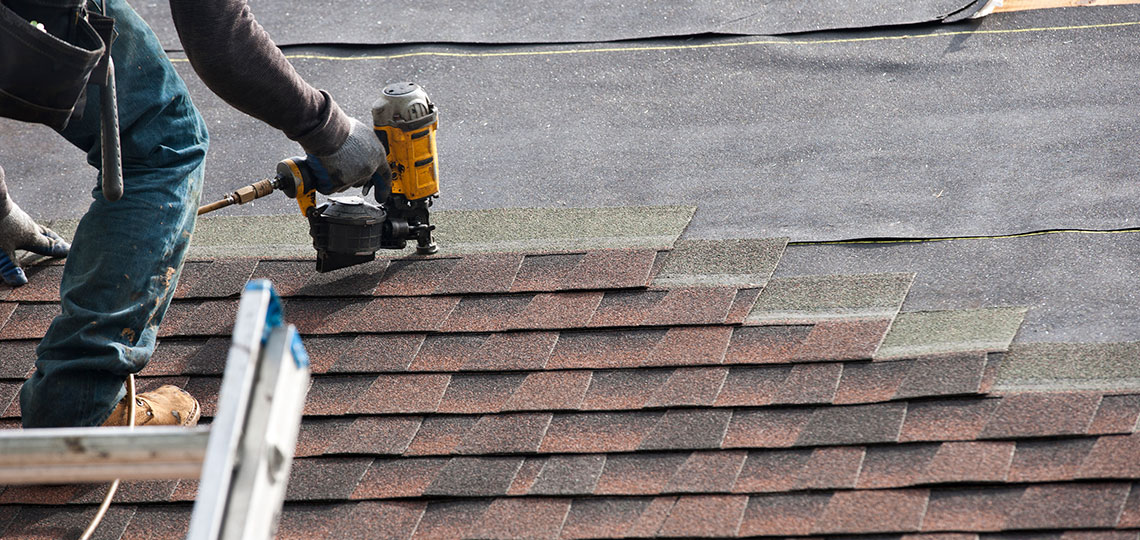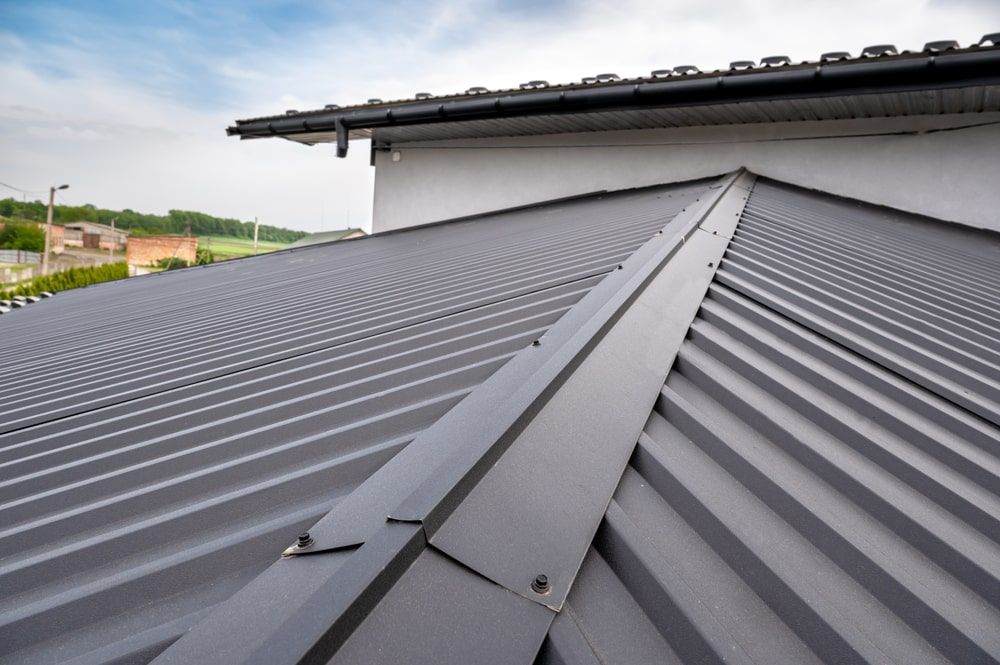Contrasting Costs Among Roofing Companies in Gainesville Florida
Contrasting Costs Among Roofing Companies in Gainesville Florida
Blog Article
Best Practices for Ensuring Correct Roof Air Flow
Making certain proper roofing air flow is vital for the longevity and performance of a roof. A balanced intake and exhaust vent proportion, frequently 1:300, plays a critical duty, with consumption vents ideally positioned at the lower side of the roof for awesome air entry and exhaust vents at the height for warm air exit. Routine examinations to recognize obstructions and keep clear air flow are critical. Keeping insulation away from vents is crucial to stop air flow restriction. Recognizing these foundational aspects establishes the stage for more in-depth insights into installment and maintenance methods that can significantly improve your roof covering system's efficiency.
Understand Air Flow Basics
Correctly comprehending ventilation fundamentals is necessary for ensuring the durability and effectiveness of roof. Efficient ventilation reduces wetness build-up and temperature extremes in the attic, both of which can result in considerable structural damages with time. A well-ventilated roofing system helps in avoiding typical problems such as mold growth, wood rot, and ice dams, which can jeopardize the integrity of the roof products and the underlying structures.
The primary goal of air flow is to promote the motion of air, permitting a constant exchange between the interior and outdoor atmospheres. This equilibrium is achieved via a mix of consumption and exhaust vents that collaborate to maintain optimal air movement. Consumption vents, usually situated along the eaves or soffits, allow fresh air to enter the attic area, while exhaust vents, frequently located at or near the roofing system ridge, enable hot, humid air to escape.
Trick elements influencing the effectiveness of roof ventilation consist of proper positioning, sufficient sizing, and guaranteeing that both consumption and exhaust vents are unblocked. Regular examination and maintenance are crucial to determine prospective blockages, damage, or ineffectiveness in the ventilation system, therefore protecting the roofing's performance and sturdiness.
Kinds Of Roofing Vents
Roofing vents play an essential duty in keeping efficient attic air flow and, by extension, the overall health and wellness of the roof. Numerous sorts of roof covering vents are offered, each with unique benefits customized to particular roofing needs. Ridge vents, as an example, are installed along the roofing system's top, permitting warm, moist air to run away from the attic. They use continual ventilation and mix perfectly with the roofline, making them both effective and cosmetically pleasing.

Soffit vents are installed under the eaves and operate in tandem with roof covering vents to guarantee a well balanced consumption and exhaust system. By enabling cooler air to enter from below, soffit vents help with the expulsion of warm air via upper vents. Gable vents, located on the exterior wall surfaces of the attic, deal one more effective option, specifically in homes with saddleback roofs.
Evaluate Your Existing Ventilation

Next, take into consideration the age and problem of your roofing materials and ventilation elements. Older systems may not adhere to present building browse around this web-site ordinance or might have deteriorated in time, reducing their performance. Conduct a complete exam to determine any indicators of damage, such as rust, damages, or voids that can jeopardize the system's efficiency.
Additionally, determine the attic room temperature level and humidity degrees. High temperature levels and moisture can indicate inadequate air flow.
Setup Best Practices
Efficient installation of roof ventilation systems is extremely important for making certain optimal performance and durability. Proper setup starts with comprehending the details air flow needs of the roof and the structure it covers. This involves computing the correct ratio of consumption to exhaust vents, commonly sticking to the 1:300 regulation, which stipulates one square foot of ventilation for every 300 square feet of attic room floor area.

The positioning of vents is equally essential. Intake vents need to be mounted at the roof's lower side, commonly in the soffits, to enable amazing air to go into. Exhaust vents, on the other hand, ought to be mounted near or at the roofing's height to facilitate the leave of cozy, wet air. This creates an all-natural air flow that helps keep temperature and wetness equilibrium within the attic room space.
Seal all vent connections carefully to stop air leakages and possible water infiltration. Use top quality materials and check my source comply with supplier standards to make certain sturdiness and efficiency. In addition, incorporating ridge vents with baffles can significantly boost air movement effectiveness by protecting against wind-driven rain and snow from entering the attic.
Eventually, specific installment of roofing air flow systems minimizes possible issues such as mold and mildew development, ice dams, and architectural damages, making sure the roof's integrity and the building's overall wellness.
Regular Maintenance Tips
Consistency in upkeep methods is essential to making certain the long-lasting efficiency of roof air flow systems. During these evaluations, make certain that vents are complimentary of particles, nests, and other blockages that could impede air movement.
Make use of a soft brush or a vacuum cleaner to eliminate dirt and debris from intake and exhaust vents. Be careful not to harm the vent displays or louvers throughout the process.
Correct insulation is just as vital. Make sure that attic room insulation does not block the vents, as this can severely limit airflow. Rearrange or replace it to maintain an efficient obstacle. if any type of insulation has changed or settled.
Finally, change any type of harmed or missing out on parts immediately. Busted vents, split tiles, or shabby flashing can all add to inadequate ventilation and should be addressed right away. Regular maintenance makes sure that the roofing ventilation system works efficiently, thus expanding the life-span of the roof itself.
Verdict
Making sure proper roof ventilation is vital for maintaining the performance and toughness of a roofing system. Adherence to the 1:300 intake and exhaust air vent proportion, combined with the critical positioning of vents, is important.
A well balanced intake and exhaust air vent ratio, generally 1:300, plays a critical role, with consumption vents ideally put at the lower side of the roofing for awesome air entrance and exhaust vents at the optimal for warm air departure. Consumption vents, generally situated along the eaves or soffits, permit fresh air to enter the attic room, while exhaust vents, usually located at or near the roof covering ridge, enable hot, damp air to get away.
Soffit vents are mounted under the eaves and job in tandem with roof vents to guarantee a balanced consumption and exhaust system. By permitting cooler air to enter from below, soffit vents help with the expulsion of warm air through upper vents. Adherence to the 1:300 consumption and exhaust air vent proportion, combined with the strategic placement of vents, is vital.
Report this page